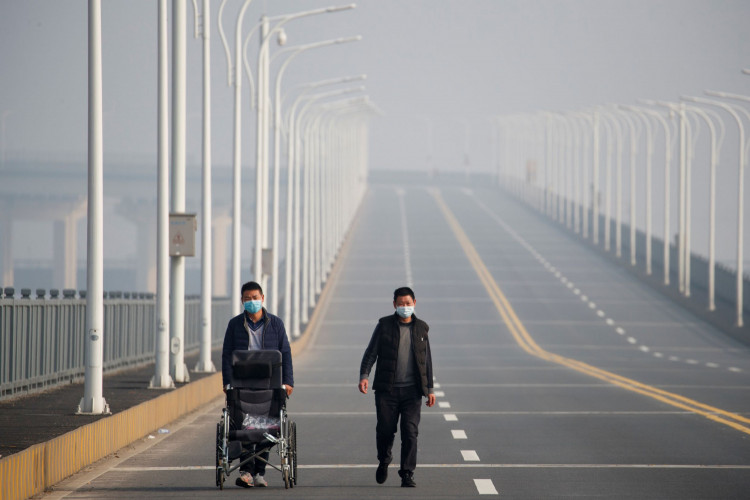Market observers are now concerned about the looming impact on local trade as borders of China's neighbors and important partners began closing. Travel by land is no longer allowed. In some cases, even electronic visas are no longer encouraged to prevent travels from China. The development places into question how goods and cargos by land are going to reach their destinations in the coming weeks or even months.
How Important Wuhan Is In China's Economy
Wuhan, the epicenter of the outbreak, alone constituted $224 billion of China's gross domestic products in 2018. The region is now on lockdown as per the preventive measures undertaken by the Chinese government.
As many as 319 million tourists visited Wuhan in 2019 and the lockdown means that that number will automatically be reduced from the region's tourism industry this year. Wuhan earned $357 billion in its tourism alone in 2019.
More than 300 Fortune 500 companies also have operations in Wuhan as of 2019. The local government provided 220,000 new jobs to its people to date.
Even the country's entertainment, dining and shopping segment are expected to suffer. As the deadly coronavirus continues to wreak havoc in China, seven movie premiers were already canceled.
More than 400 Haidilao hot pot restaurants closed. Starbucks had closed about 4,000 Chinese stores. While Apple, Google, Airbnb were compelled to stop operations while Facebook and Microsoft and other tech companies dissuaded staff from traveling to China.
Uniqlo closed 17 of its stores and two Disneylands, Hong Kong and Shanghai, temporarily closed. Carnival Corp's Costa Cruises suspended trips leaving China from January 25 to February 4.
There had been no official estimates coming out of China that looked into the possible economic and financial impact of the coronavirus but the closes comparison is with SARS.
SARS cost the global economy $40 billion in the five months that it wreaked havoc worldwide. At the time, there was a 60% decline in the hotel industry and 70% decline in international travel.
Borders Closing To China
On Friday, Russia closed its 4,000 kilometer-long land Far East border with China to contain the coronavirus. The move immediately halted land travels to as many as 16 crossings. The country also suspended issuing electronic visas to Chinese citizens up until the coronavirus outbreak is ruled out. This means tourists would no longer able to access St. Petersburg, the Baltic Sea exclave of Kaliningrad.
Russia's Far East border with China is where more than $110 billion of trade takes place between the two countries. China is Russia's largest trade partner with respective leaders aiming to increase trade further into the coming years. China exports electronics and industrial equipment to Russia, as well as textiles, clothing and furniture, food, paper products, and minerals.
Early this week, Mongolia closed border crossings with China. The local government also suspended university classes so students from China need not rush back into Mongolia. There are no confirmed cases in Mongolia so far but the local government recognized the high risk of the novel coronavirus spreading most especially that the country lies in China's southern border. Mongolia is actually bordered by China and Russia.
Hong Kong has also temporarily closed some of its borders with the mainland. It also stopped issuing travel permits to Chinese tourists.
The Afghanistan-Chinese border is also closed to travelers since early this week. Kazakhstan suspended passenger bus service to China. Kyrgyzstan shut its Tougart-Avtodorozhnyi and Irkeshtan-Avtodorozhnyi checkpoints since the Chinese New Year.
Laos closed its Golden Triangle border to Chinese and Myanmar while Nepal closed its Rasuwagadhi border. Kathmandu already has one confirmed case.
North Korea temporarily closed its borders to all foreign tourists.
Pakistan decided to delay the opening of its Pakistan-China border crossing at Khunjerab Pass, which was originally scheduled this week.
Tajikistan closed its Qolma pass on the Tajik-Chinese border as well as all imports of products.






